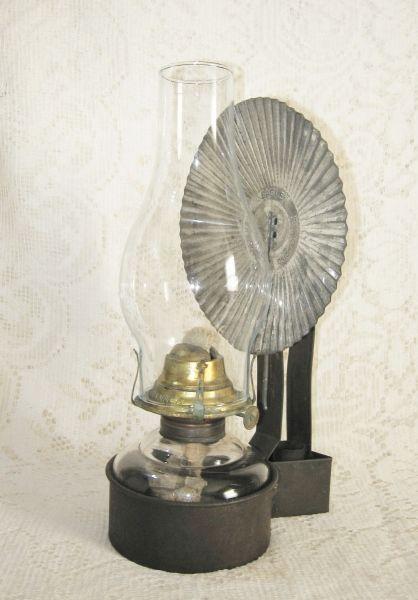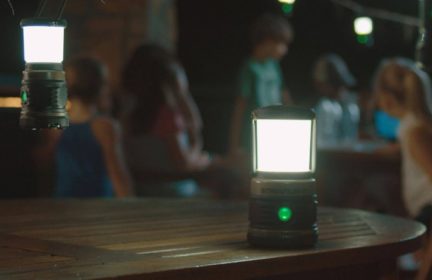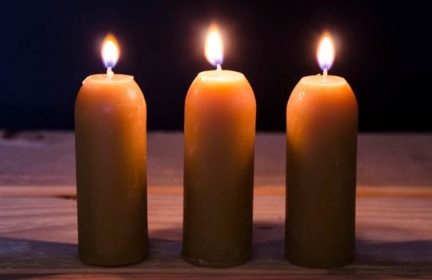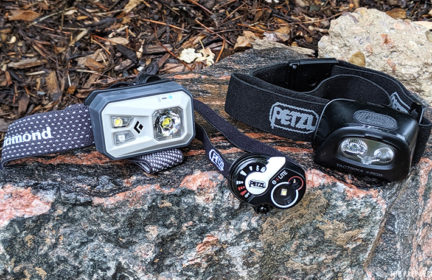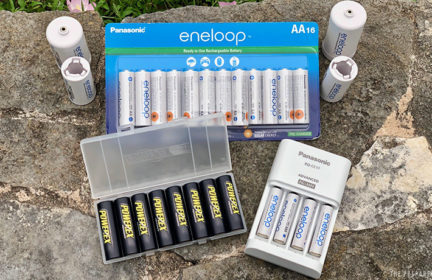Emergency lighting
Hi. I’m Ron Brown, author of “The Non-Electric Lighting Series” on Amazon. Emergency lighting is my area of expertise but I’m brand new to The Prepared. In this write-up, I’d like to share a few ideas on the topic of emergency lighting. I’m not here to sell anything. Or editorialize. I just want to share some ideas.
Let’s say you’re at home and the lights go out. Sure, you have a flashlight. But the batteries are dim and getting dimmer. You scrounge through the kids toys, the toothbrush, and the carving knife and find a few batteries. But they don’t fit your light. Or you need two and can only find one.
May I suggest a collection of cheap flashlights — $20 total for the whole bunch — that will run on any battery you can find. And let’s make that any battery SINGULAR. One D. One AAA. Etc. Here’s a link to a YouTube article I wrote that specifies, by brand and part number, flashlights requiring just one battery. The listing starts at 2:18. It’s worth a look-see. https://www.youtube.com/watch?v=kv7Bx6usT-g&t=1s
Next topic. Vegetable-oil lamps. They produce a candle-size flame and have been around since biblical times. Call it proven technology. You can Google for them and get how-to information. Or search YouTube for them. Or read “Olive Oil Lamps &c.” by yours truly. It’s Book 2 in “The Non-Electric Lighting Series.” The beauty of vegetable-oil lamps is that they require ingredients you already have on hand. Good stuff to know if you’re away from home when the Big Blackout occurs.
Let me offer a few tips. First, the wick in a vegetable-oil lamp needs to be cotton (a natural fiber). Oil is fed to the flame by capillary action. Polyester is a man-made fiber. Polyester will melt in the heat of a flame. Melting kills the capillary action. That means no lamp. The fluff in the top of your vitamin bottle might be cotton or it might be polyester. Who knows? But you really can’t trust it to make a reliable wick. That much we do know.
Second, vegetable oil can be fiendishly difficult to light. But a drop of flammable liquid (cigarette lighter fluid or gasoline) will solve the problem. And how to get one drop with no eyedropper? Off the tip of a teaspoon. One drop of gasoline, BTW, is not going to explode and blow the windows out of your house.
Third, that same characteristic of being difficult to light makes vegetable-oil lamps very safe lamps. If you drop and spill a lit kerosene lamp, odds are you’ll start a house fire. But if you drop and spill a lit vegetable-oil lamp you will for sure make a heck of a mess but a fire is extremely unlikely.
Fourth, try to make one. Experiment. See what works for you. Don’t wait until the lights go out. It’s like sex. Reading about it and doing it are two different things. You need to know, ahead of time, what works.
Last topic for today, diesel fuel. This is info that’s really hard to come by. There are pressure lanterns with mantles that burn white gas (Coleman fuel). And others that burn kerosene. Pressure lanterns can produce a couple hundred watts-worth of light. But diesel? Are there any lanterns that burn diesel fuel?
Yes. Although they’re not sold or advertised for that. Most kerosene pressure lanterns will NOT burn diesel fuel. But a few will. IF you know what lantern model to use. And what lantern generator to use. And which cloth mantle to use. Book 6 of “The Non-Electric Lighting Series” is entitled “Kerosene Pressure Lanterns” and lists eight lantern models, originally designed for kerosene, that will burn diesel. I know they will because, in every case, I’ve done it.
And these lanterns are being sold on eBay as we speak. Can you picture a highway lined with abandoned tractor trailers, each one loaded with diesel fuel, and yourself (sitting in the dark) with no way to use it? IMHO, this is precious info. Info to tuck away against your time of need. This is prepping.
-
Comments (11)
-
